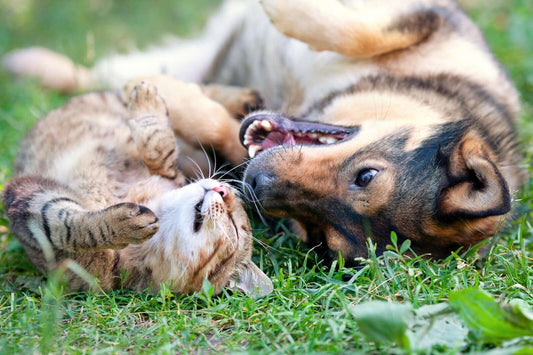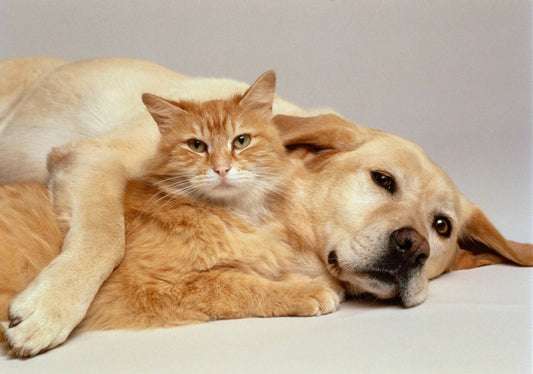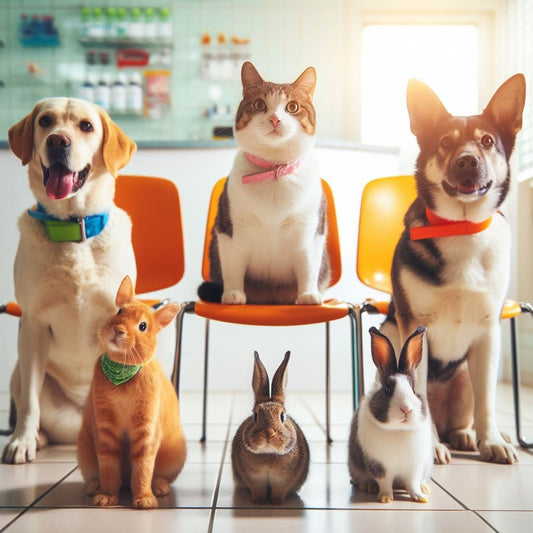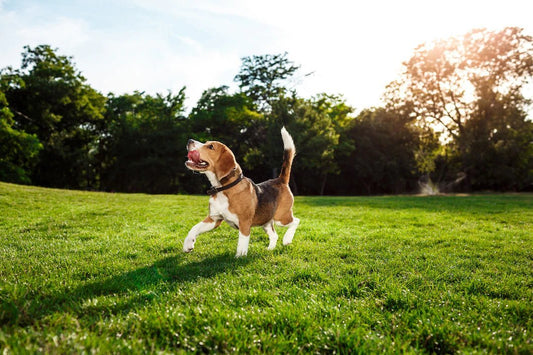In emergency situations, knowing how to perform CPR (Cardiopulmonary Resuscitation) and chest compressions on pets can be crucial in saving their lives. This step-by-step guide will provide you with the knowledge and skills needed to perform these life-saving techniques.
Injured pets may get defensive and react with aggression. Always proceed with caution, keep a muzzle handy, and try to keep your face away from their mouths. Rescue breathing should only be done if you are sure your pet will not bite.
Step 1: Assess Responsiveness
Before starting CPR, check if your pet is responsive. Gently tap them and call their name. If they don't respond, proceed to the next steps.
Step 2: Clear the Airway
Gently tilt your pet's head back to straighten their airway. Check for any obstructions, such as foreign objects or vomit, and remove them if possible. Be cautious not to get bitten or injured during this process.
Step 3: Check for Breathing
Place your ear close to your pet's nose and mouth to listen for any signs of breathing. Look for chest movement as well. If there is no breathing, it's time to initiate CPR.
Step 4: Locate the Heart
For dogs, the heart is located on the left side of the chest, just behind the elbow. For cats, it is located on the left side of the chest, near the elbow. Familiarize yourself with the location before performing chest compressions.
Step 5: Chest Compressions
For Small Pets (e.g., Cats, Small Dogs, and Small Animals):
-
Place the pet on a firm surface, lying on its side.
-
Locate the heart area, which is typically on the left side of the chest, behind the elbow.
-
With your palm or fingers, perform chest compressions using gentle pressure. Press down about 1-1.5 inches for cats and small dogs, or adjust the depth according to the size of the animal.
-
Perform compressions at a rate of 100-120 compressions per minute, mimicking the beat of "Stayin' Alive" by the Bee Gees.
- After every 30 compressions, give two rescue breaths by covering the pet's nose and mouth with your mouth and exhaling gently.
For Medium to Large Pets:
-
Lay the pet on a flat surface, preferably on their right side.
-
Locate the heart area, just behind the elbow on the left side of the chest.
-
Place both hands on top of each other, interlacing your fingers or placing one hand over the other, and position them on the widest part of the chest.
-
Apply firm pressure, compressing the chest about 1/3 to 1/2 of its width.
-
Perform compressions at a rate of 80-100 compressions per minute, following the beat of the song "Another One Bites the Dust" by Queen.
- Provide artificial respiration by covering the pet's nose and mouth with your hand and exhaling gently every 10-15 compressions.
Step 6: Rescue Breaths
After every 30 compressions, give 2 rescue breaths. For small pets, place your mouth over their nose and mouth, creating a seal. For larger pets, cover their nose and mouth with your hand or use a pet-specific resuscitation mask if available. Give breaths lasting about 1-2 seconds, ensuring that the air is going in and not leaking out.
Step 7: Continue Cycles
Continue performing cycles of 30 chest compressions followed by 2 rescue breaths until your pet shows signs of recovery or until you can seek veterinary assistance. It's important to maintain a steady rhythm and pace throughout the process.
Step 8: Seek Veterinary Assistance
Even if your pet shows signs of improvement, it's crucial to seek immediate veterinary care. Transport them to a veterinarian as soon as possible for a thorough evaluation and treatment. Professional medical attention is essential to ensure their well-being.












